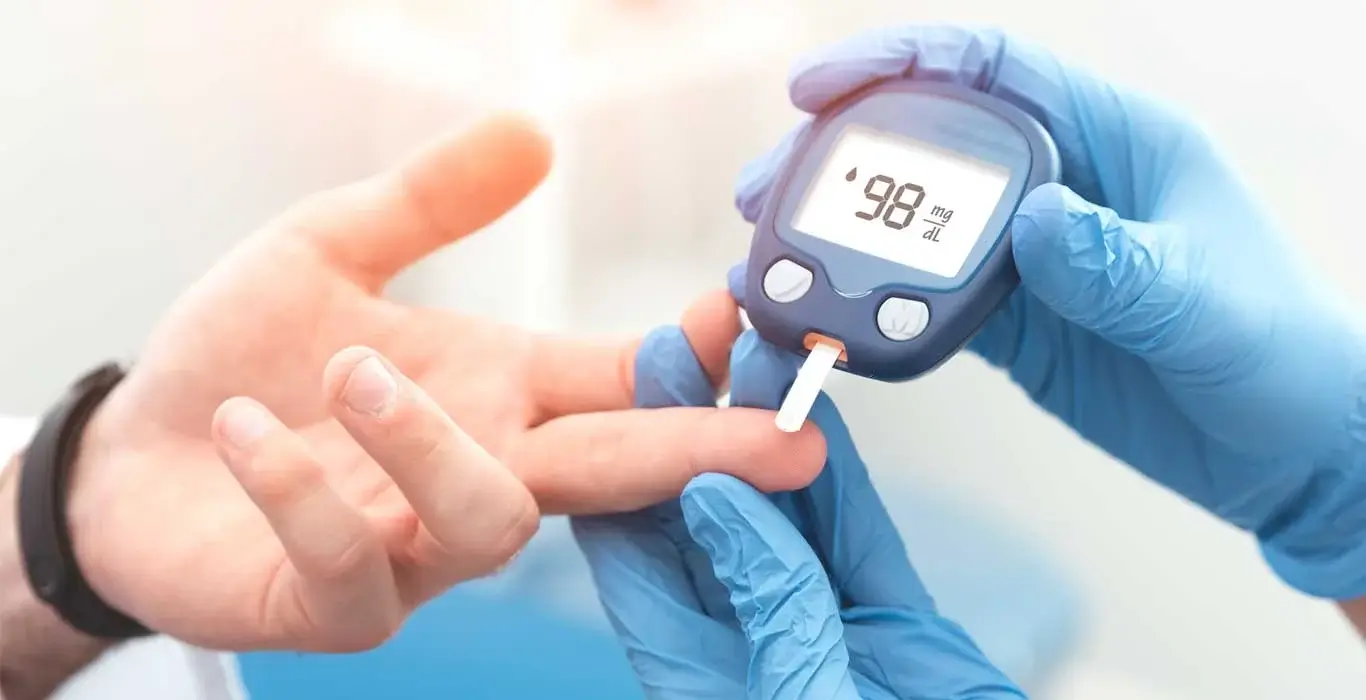What Research says about PEMF Therapy for Diabetes?

Over 34 million people in the United States of America have diabetes and it is undiagnosed in one out of five patients, says an extensive CDC report.
Diabetes is the seventh leading cause of death in the US alone but for some strange reasons this fact is quite underreported. To dialate it further, type 2 diabetes is more prevalent than any other as it accounts for about 90-95% of diagnosed cases, while type 1 diabetes accounts for 5-10%.
The common treatment for type 1 and type 2 diabetes include insulin therapy, diabetes medication, weight loss, and maintaining a healthy diet while regularly monitoring the blood sugar level, but experts suggest that diabetes drugs aren’t effective for about 5-10% of type 2 diabetes patients.
If you are among this percentage, then you may be looking for an alternative method for managing diabetes, and these methods may include PEMF therapy. In this blog, we’re going to review the role of PEMF therapy for diabetes, but first, let’s take a look at what diabetes actually is.
What is Diabetes
Commonly known as diabetes, Diabetes mellitus (DM) is a chronic and lifelong disease that increases the blood sugar levels in patient’s bodies. I
t is affecting more and more people every day, and without treatment, it can lead to several other health complications such as cardiovascular diseases, neuropathy (nerve damage), nephropathy (kidney damage), retinopathy (eye damage), foot damage, skin conditions, hearing impairments, Alzheimer’s, and depression.
Women with gestational diabetes can experience several complications if it’s left untreated; these complications include excess growth, low blood sugar, type 2 diabetes, and even death. Diabetes is further classified into three types.
Type 1 Diabetes
Type 1 diabetes, also known as insulin-dependent diabetes, is a genetic condition that is usually detected in children. People with type 1 diabetes are at the risk of several medical problems, including diabetic retinopathy (damage to the tiny blood vessels in the eyes) and kidney and nerve damage.
If type 1 diabetes gets severe, it can cause several heart diseases, including strokes. Patients with type 1 diabetes are advised to take insulin through the skin.
Type 2 Diabetes
Type 2 diabetes is the most common form of diabetes, and up to 95% of all diabetic patients have this type of diabetes. Although it’s a milder form of type 1 diabetes, it can still cause some serious health complications.
Similar to type 1 diabetes, type 2 diabetes can also affect the patients’ nerves, kidneys, eyes, and heart. Obese people are more at risk for this type of diabetes, and it can either cause their pancreas to produce an insufficient amount of insulin or their body cells to become insulin resistant.
Gestational Diabetes
Gestational diabetes only affects pregnant women during their 2nd or 3rd trimester when the blood sugar levels are high in expecting mothers. It is further divided into two classes, A1 and A2, both of which have different treatments. Gestational diabetes usually ends after delivery, but it has to be controlled to prevent damage to the health of both the mother and the baby.
The baby may be more affected by gestational diabetes than the mother, and the health risks can include breathing problems, risk of diabetes, high obesity, and abnormal weight gain before birth. The complications of gestational diabetes for mothers usually include C-section (because of an overgrown baby), heart damage, eye damage, nerve damage, and kidney damage.
All three types of diabetes aren’t curable yet, but once diagnosed, your doctor may prescribe some medicines and suggest lifestyle changes for the management of the disease.
PEMF Therapy for Diabetes
PEMF therapy is considered to be effective in managing diabetes. According to research conducted in 1996, the use of the magnetic field produces quick and long-lasting effects than conservative therapy.
During the research, 320 diabetic people were given impulse magnetic field therapy, out of which 100 patients only received conservative therapy. Those 320 participants comprised of 270 microangiopathy patients and 50 macroangiopathy patients. 74% of patients that received magnetotherapy along with the conservative treatment reported improvements, while only 28% of patients in the control group reported good or satisfactory results.
The research also states that electromagnetic therapy stabilized the metabolic system of patients, which resulted in reduced blood sugar.
Experts suggest that both pre-diabetic and diabetic patients can benefit from the daily use of PEMF therapy. Using PEMF therapy for diabetes may prevent the progression of the disease and even treat the underlying damage that it causes in the body.
It is important to note that daily use is critical when using PEMF therapy as a diabetes treatment, so you may want to consider buying a portable PEMF therapy device. When you buy a PEMF device, you won’t have to visit the doctor daily, and you can easily use PEMF therapy at home.
Every organ, muscles, and bones in our body are made up of tiny cells with both positive and negative energies that process ions of calcium, potassium, and sodium. Over time, the cells may become distressed with prevents them from processing these ions.
PEMF therapy, using EMF radiation, stimulate the positive and negative processing energy of the cells, and as a result, our body regains the capability to heal itself. So if you are looking to enhance your ongoing diabetes treatment, you may want to consider PEMF therapy.
Frequency of PEMF Therapy for Diabetes
Low-intensity PEMF therapy has been proven to be effective in treating diabetes. A low-power therapy session of 600 to 800 Hz for 30 minutes is considered to be effective for managing the symptoms of diabetes.
Taking a Holistic Approach for Treating Diabetes

A holistic approach is integral when it comes to treating diabetes, and in an effective treatment, several individual courses of action have to work in unison.
Medication or PEMF therapy may not be as effective for treating diabetes on its own, but when paired together along with a healthy diet and regular exercise, the effectiveness of the treatments increase substantially.
A healthy diet is the most important part of diabetes’ treatment, and without it, any treatment you take will be ineffective. A diabetic diet must include a variety of healthy foods from different food groups; these food groups may contain.
Vegetables
Green and leafy vegetables are best for diabetic patients, and regular consumption of these vegetables is advised.
- Tomatoes
- Carrots
- Kale
- Garlic
- Green peas
- Spinach
- Artichoke
- Cauliflower
- Lettuce
- Broccoli
- Celery
- Eggplant
- Asparagus
- Cabbage
Fruits
The following fruits may be beneficial for diabetic people;
- Apple
- Avocado
- Berries
- Banana
- Cherry
- Grapefruit
- Kiwi fruit
- Orange
- Peaches
- Pear
- Pineapple
- Plum
- Watermelon
Grains, Legumes, and Seeds
Grains, legumes, and seeds are all great sources of nutrition.
- Beans
- Whole peas
- Lentils
- Chickpeas
- Split peas
- Quinoa
- Chia seeds
Protein
Protein is necessary to keep ourselves healthy, and it is even more important for people with diabetes.
- Milk (low or non-fat)
- Salmon
- Egg
- Cheese (low or non-fat)
- Yogurt (low or non-fat)
- dried beans
- nuts and peanuts
- peas, like chickpeas and split peas
- meat substitutes like tofu
Foods to Avoid
People with diabetes are advised to avoid the following foods.
- Fried foods and foods with high levels of saturated and trans fat
- Foods high in salt
- Sweets
- Beverages with added sugar
To Sum Up
PEMF therapy is a non-invasive and safe method of managing diabetes, which patients can add to their existing diabetes treatment. If duplicates the Earth’s natural electromagnetic frequencies and essentially works as a charger for our bodies.
Interested to buy Sentient Element? Click here
RELATED POSTS